Reverse Evolution: Organisms that have evolved in reverse and have
lost some of their complex characteristics
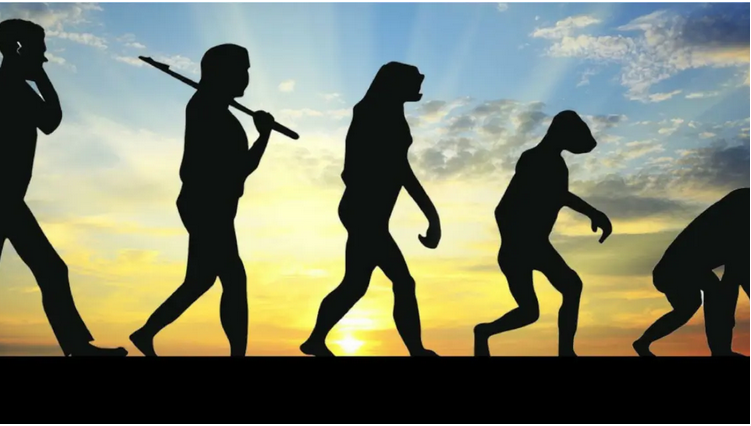
If you look at a mucous fish, a type of long marine fish that looks like a eel and secretes a sticky mucus on its body, it can't see you because it doesn't have eyes. It lives on the sea floor and moves based on your senses of smell and touch.
But what shocked biologists was a study of the fossil of a 300-million-year-old mucous fish, showing that the fish had eyes that could see with it.
This discovery challenges the way scientists think about evolution . We often think of evolution as an evolutionary process in which organisms become more complex, but the study has shown that in some cases, evolution can occur in reverse, where organisms lose some of their complex traits, a condition known as reverse evolution.
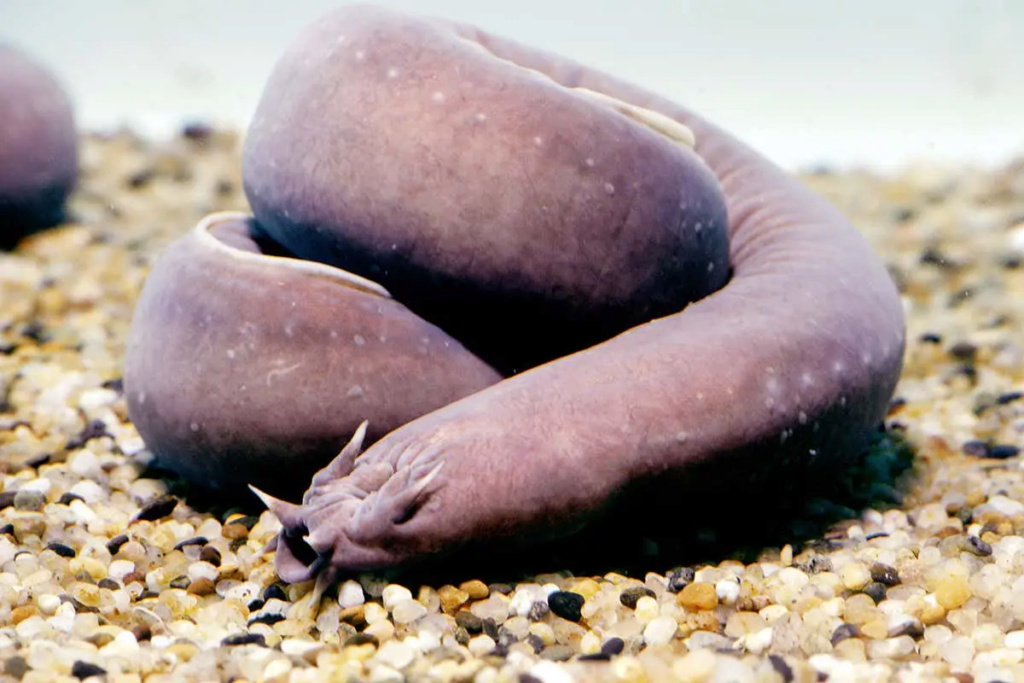
Scientists believe that the evolution that took place and led to the mucus fish losing their eyes occurred because these fish live on the dark sea floor, where there is no light and the eyes cannot be used. In this case, the eyes became an unhelpful or useful organ only in rare cases. Conversely, she gradually abandoned her eyes in order to save the body's energy. A study conducted on cave fish showed that the eyes and the processing of visual signals in the brain consume about 5-17 percent of the body's energy.
Mucus fish may not be the only case of reverse evolution that has occurred, there are others that scientists think are similar.
Reverse evolution campus penguin flight
Ancestors of penguins were able to fly, but lost the ability to do so long ago. A 2013 study revealed that penguins' swimming prowess cost them their ability to fly.
By giving up flight, these birds became heavier, had strong muscles for swimming and dense bones for buoyancy, and shorter wings became more solid, making their ability to propel in water stronger. This explains how penguins swim very quickly in water. .
In addition, the increase in the size of these birds made their bodies able to retain heat in the cold Antarctic environment , and they were also able to dive to greater depths, which increased their chances of finding fish and marine creatures that feed on them.
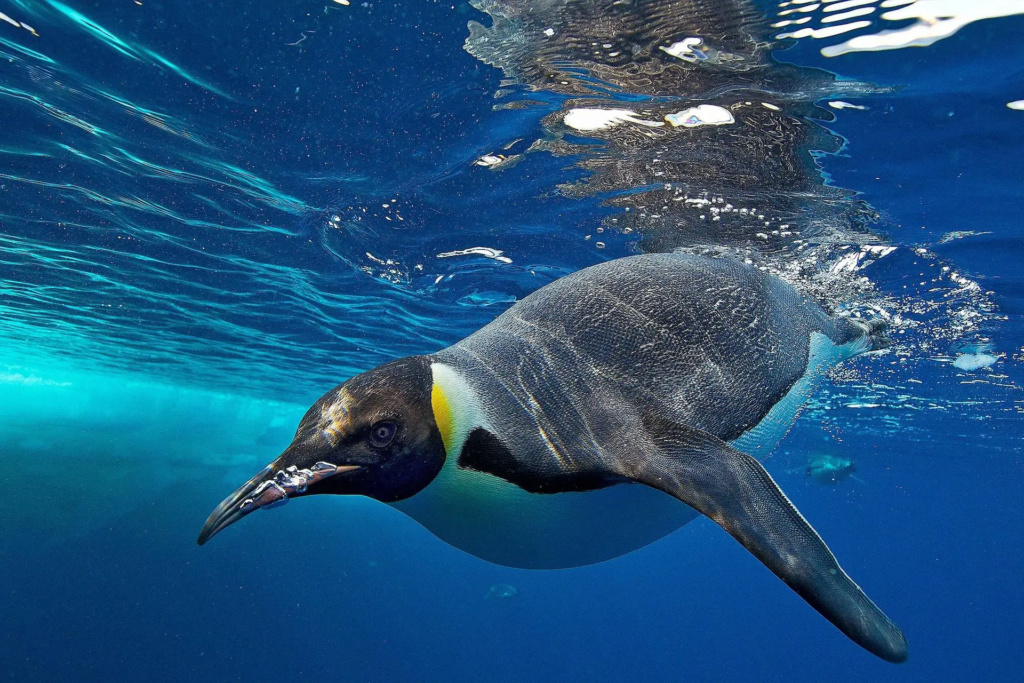
Snakes lost their legs
Many scientists believe that snakes evolved from a legged or flipper ancestor that lived millions of years ago on land or in the sea. By studying the fossils of snakes that lived on Earth about 150 million years ago, it seems that they had what looked like legs.
Scientists were also able to identify genes responsible for the growth of legs that are present in the bodies of current snakes, but these genes are disabled or turned off and do not work for some reason.
This means that snakes may be able to develop legs as they were millions of years ago, and it doesn't take much time for this to happen, as it can happen suddenly as a result of a genetic mutation.
But what evolutionary advantage have snakes gained by losing their legs?
The evolution of a long, legless body could be beneficial for underwater life as it would enable it to swim like an eel. It can also be useful on land, making it able to hunt underground or hide in burrows to avoid predators.
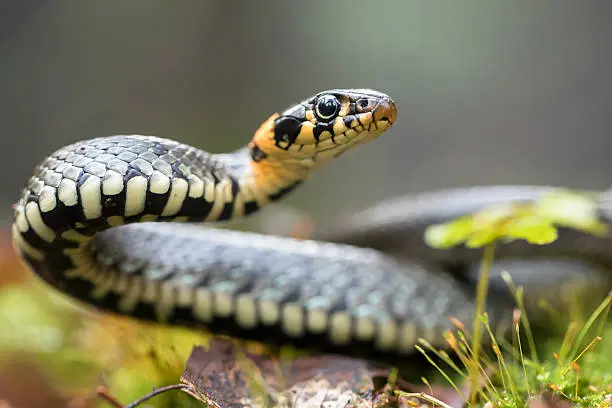
The birds lost their teeth
Birds evolved from their dinosaur ancestors , which had teeth, but birds do not have teeth. Even meat-eating raptors have sharp beaks instead of teeth.
Scientists are not sure why birds lose their teeth. Some believe that this happened to lose weight and adapt to flight, while others believe that this is due to the fact that beaks are better than teeth at catching insects or grain.
In 2018, new research suggested that the development of beaks in birds instead of teeth occurred to accelerate the hatching of eggs, as the formation of teeth can take longer than the beaks when the bird is inside the egg, and this exposes it more to the risk of predation, and by replacing teeth with beaks and accelerating hatching , the probability of survival becomes greater.
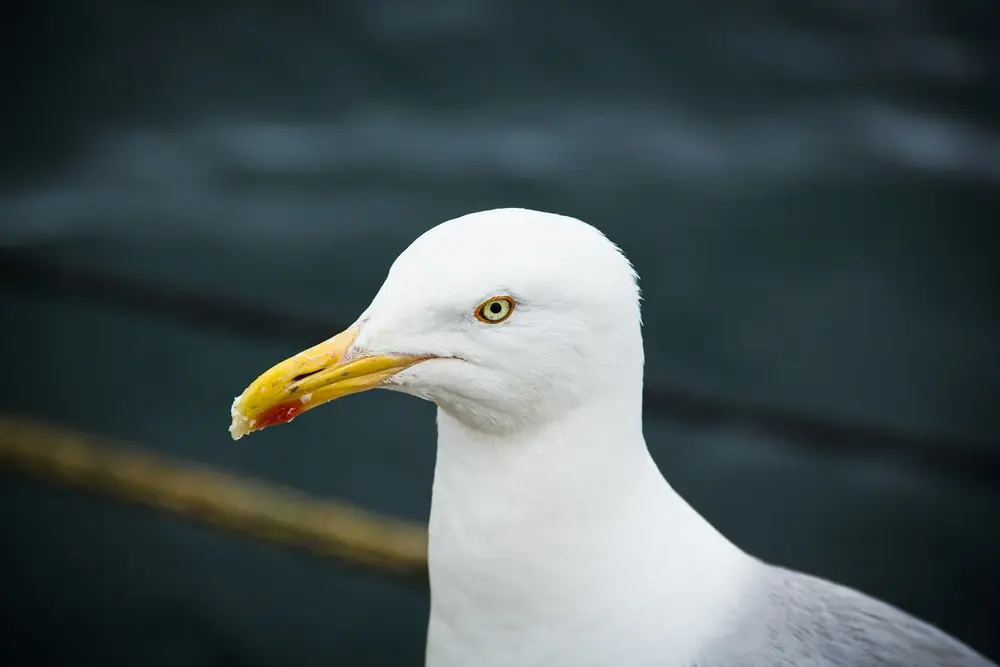
The importance of the concept of reverse evolution
In the past, scientists believed that the process of evolution takes place in only one direction, from the simple to the most complex, but some of the cases that have been discovered and studied - including the cases we mentioned in this article - prove that the process of evolution has nothing to do with the idea of complexity, but rather aims to Making the organism able to adapt, reproduce and live better in the environment and the conditions in which it lives, and if one of the traits that the organism possesses is not useful or negatively affects its ability to adapt to the environment, it may gradually lose this trait, that is, it develops in the opposite direction from The most complex form to the simplest form.
These discoveries contributed to changing the way we understand the evolution of life on Earth, and led to a fundamental and important change in the science of evolution. We can now say that the process of natural selection is responsible for the evolution of living organisms, by selecting organisms that have the most useful traits in the environment in which they live, and this selection process can lead to the emergence and development of new useful traits or the disappearance of old unhelpful traits.
https://www.arageek.com/2021/11/18/what-is-reverse-evolution?fbclid=IwAR3F9NKReqTtjI49Ghv8QzEKkdaAB4nY4rCyJ4beW2YcmHQGEMlSRunbm68

